
Introduction:
Power steering is a marvel of automotive engineering that has transformed the driving experience, making maneuvers smoother and steering efforts lighter. Whether you’re navigating tight parking spaces or cruising down the highway, power steering is a crucial component that enhances control and comfort.
In this article, we’ll delve into the two main types of power steering systems—hydraulic power steering (HPS) and electric power steering (EPS)—to uncover the intricate mechanics that make turning the wheel a breeze.
1. Hydraulic Power Steering (HPS):
Pump Power: At the heart of hydraulic power steering is a pump driven by the engine. This pump plays a pivotal role in pressurizing power steering fluid, typically a hydraulic oil. The fluid is stored in a reservoir, ready to be called into action.
Fluid in Motion:
Pressurized fluid is then directed through hydraulic lines to the steering gear or rack, a component responsible for translating the rotary motion of the steering wheel into the linear motion needed to turn the wheels. Picture a sophisticated system of interconnected components working seamlessly.
Assisting Movement:
The steering gear or rack contains a piston linked to the steering linkage. As the driver turns the steering wheel, the power steering pump pressurizes the fluid. This pressurized fluid acts on the piston, assisting in the movement of the steering gear. The result? Effortless steering.
Return to Reservoir:
Once the fluid has played its part in steering assistance, it makes its way back to the reservoir through return lines. This closed-loop system ensures a continuous cycle of fluid pressurization and release.
Also, read:
2. Electric Power Steering (EPS):
Silent Revolution: In the realm of electric power steering, a paradigm shift occurs as the traditional hydraulic components are replaced by an electric motor. This motor, often mounted on the steering column or gear, heralds a new era in power steering technology.
Electronic Wizardry:
Controlled by an electronic control unit (ECU), the electric motor responds to inputs from various sensors, such as the steering wheel position sensor and vehicle speed sensor. This marriage of electronics and mechanics allows for a dynamic and adaptive steering experience.
Adjustable Assistance:
The electric motor applies torque to the steering column or gear, offering assistance tailored to the driver’s needs. Sensors continuously monitor steering inputs and vehicle speed, ensuring that the level of assistance is finely tuned to the driving conditions.
Advantages of Electric Power Steering:
Electric power steering brings several advantages to the table. Its energy-efficient nature ensures that the electric motor only consumes power when assistance is required, contributing to fuel efficiency.
Moreover, the flexibility of electronic control allows for a customizable steering feel, enhancing the overall driving experience.
Conclusion:
Power steering, whether hydraulic or electric, stands as a testament to the innovation and precision in automotive engineering. These systems work seamlessly to lighten the load on the driver, making every journey a more enjoyable experience.
So, the next time you effortlessly navigate a tight turn or smoothly parallel park, take a moment to appreciate the intricate mechanics of power steering that are working behind the scenes to enhance your driving adventure.
Read More:
What is the need for the power steering?
The need for power steering arises from the increasing size and weight of modern vehicles, as well as the desire for enhanced driver comfort and control.
Here are several reasons why power steering is a crucial component in today’s automobiles:
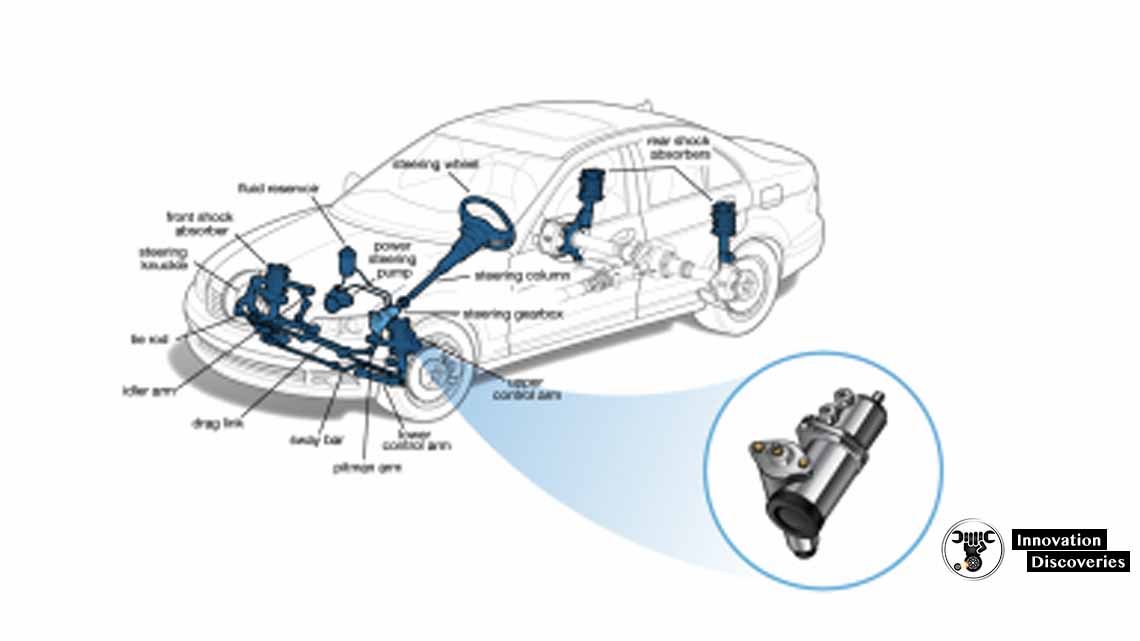
1. Ease of Steering:
- As vehicles become larger and heavier, the physical effort required to turn the steering wheel increases. Power steering significantly reduces this effort, making it easier for drivers to maneuver their vehicles, especially at low speeds or when parking.
2. Parking Maneuvers:
- When parking or performing tight maneuvers, steering without power assistance can be challenging and strenuous. Power steering facilitates smoother and more precise control during such tasks, enhancing overall driver confidence.
3. Safety:
- Power steering contributes to vehicle safety by enabling drivers to maintain better control over their vehicles. In emergency situations or sudden evasive maneuvers, the ability to steer with reduced effort can be crucial for accident avoidance.
4. Accessibility:
- Power steering makes driving more accessible to a broader range of individuals. It reduces the physical strength required to operate the vehicle, making it easier for people of different ages and physical abilities to drive comfortably.
5. Reduced Fatigue:
- Long hours of driving can lead to driver fatigue. Power steering minimizes the physical strain on the driver, allowing for more extended periods of comfortable and less tiring driving.
6. Improved Handling:
- Power steering systems contribute to improved vehicle handling. The assistance provided by power steering makes it easier for drivers to navigate curves and make precise steering adjustments, enhancing overall driving dynamics.
7. Customizable Steering Feel:
- Electric power steering (EPS) systems offer the advantage of customizable steering feel. Through electronic control, manufacturers can adjust the level of assistance and steering response, tailoring the driving experience to suit different preferences and driving conditions.
8. Fuel Efficiency:
- Electric power steering is generally more energy-efficient than traditional hydraulic systems. The electric motor only consumes power when assistance is required, contributing to fuel efficiency and reducing the overall energy demand of the vehicle.
In summary, power steering addresses the challenges posed by the increasing size and weight of modern vehicles, offering a range of benefits that include enhanced ease of steering, improved safety, reduced fatigue, and greater accessibility.
It has become a standard feature in most vehicles, reflecting its importance in providing a comfortable and controlled driving experience for a diverse range of drivers.
Discover More:
Read: ELECTRIC VS HYDRAULIC POWER STEERING
Read More:
- 3 COMMON SYMPTOMS OF LOW POWER STEERING FLUID
- ELECTRIC VS HYDRAULIC POWER STEERING
- HOW POWER STEERING WORKS?
- STEERING SYSTEM: REQUIREMENTS, TYPES, POWER STEER
Read More:
- HOW CAR SPRINGS AND DAMPERS WORK
- HOW AIR SUSPENSION SYSTEMS WORK
- 5 SUSPENSION MODS YOU SHOULD NEVER DO TO YOUR CAR
- A QUICK GUIDE TO DIAGNOSING 10 COMMON STEERING ISSUES
- 5 WARNING SIGNS OF BAD INTERMEDIATE STEERING SHAFTS
- 3 COMMON SYMPTOMS OF LOW POWER STEERING FLUID
- ELECTRIC VS HYDRAULIC POWER STEERING
- HOW POWER STEERING WORKS?
- STEERING SYSTEM: REQUIREMENTS, TYPES, POWER STEER
Visit Forum
Visit Our Friendly Website


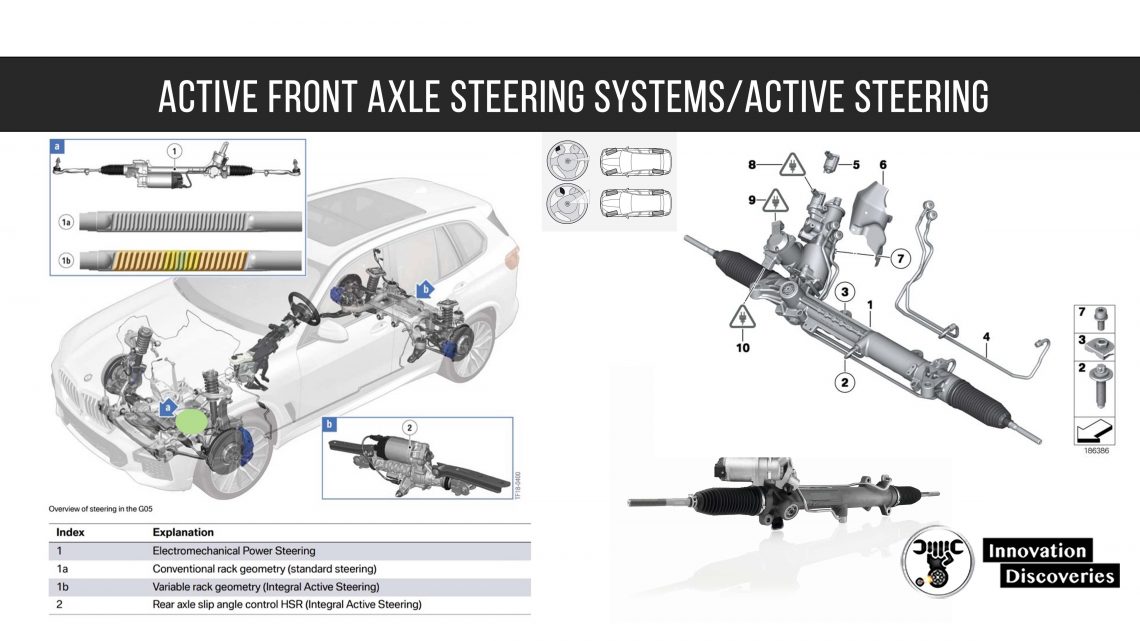
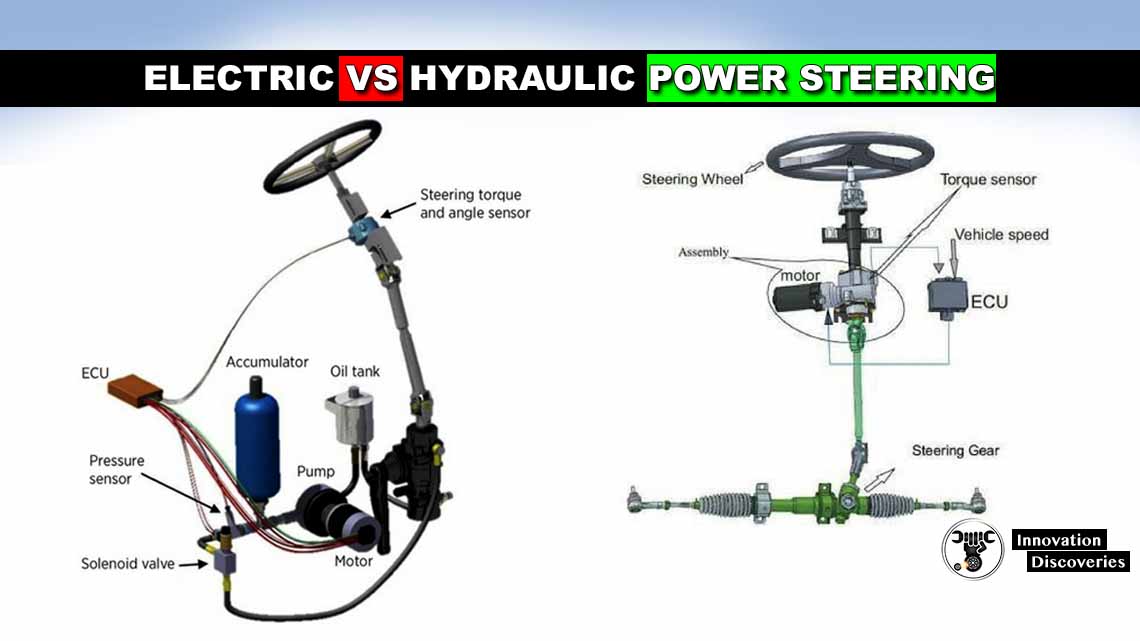
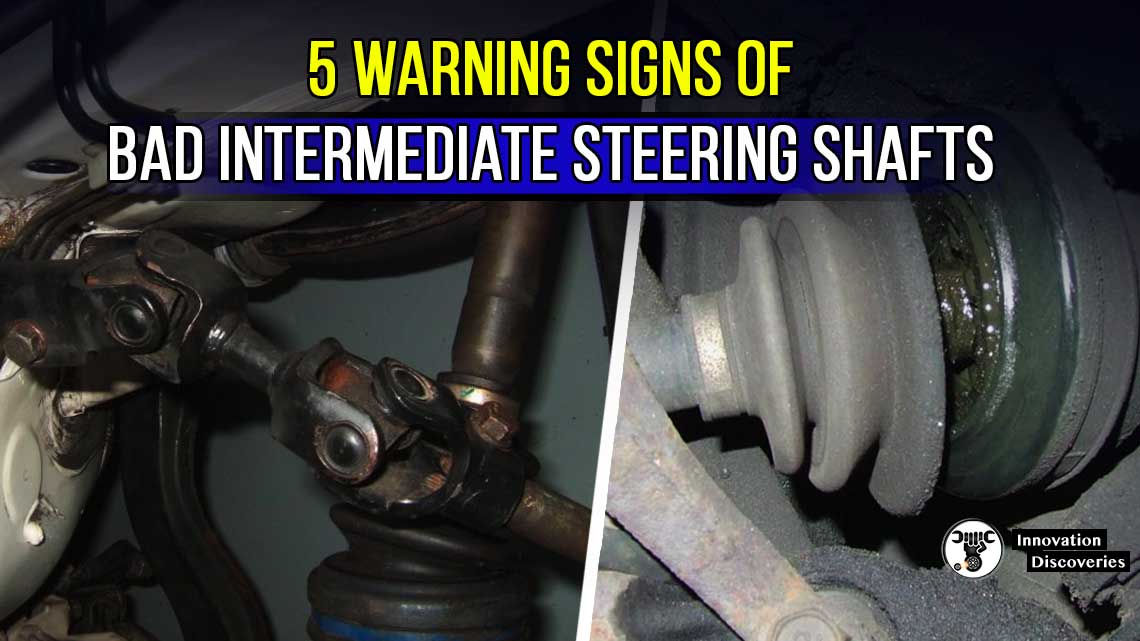
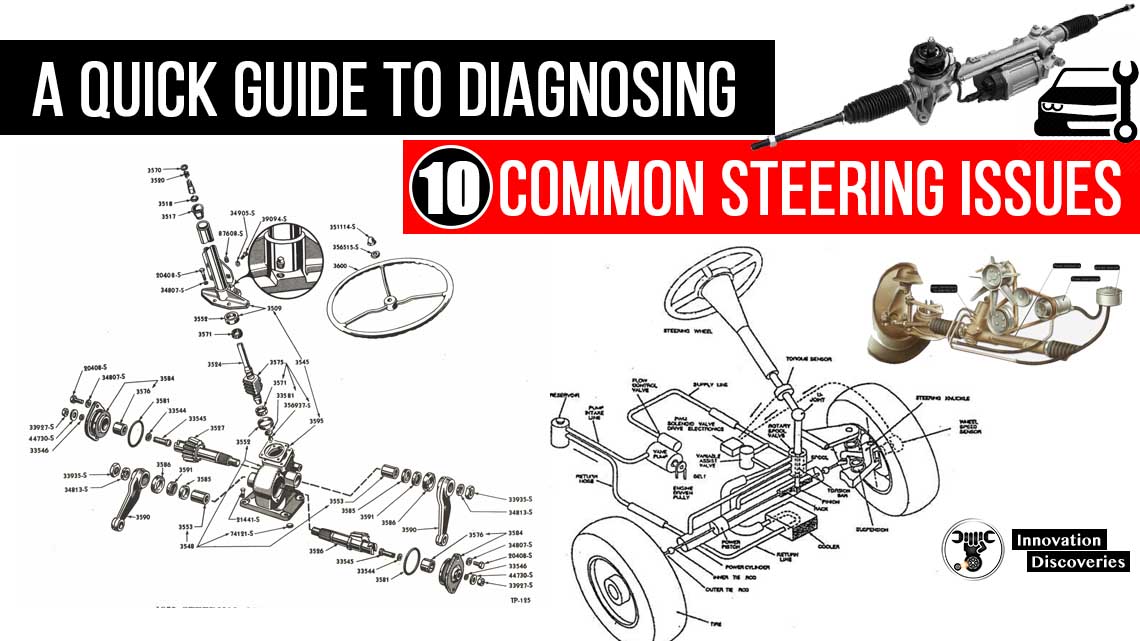



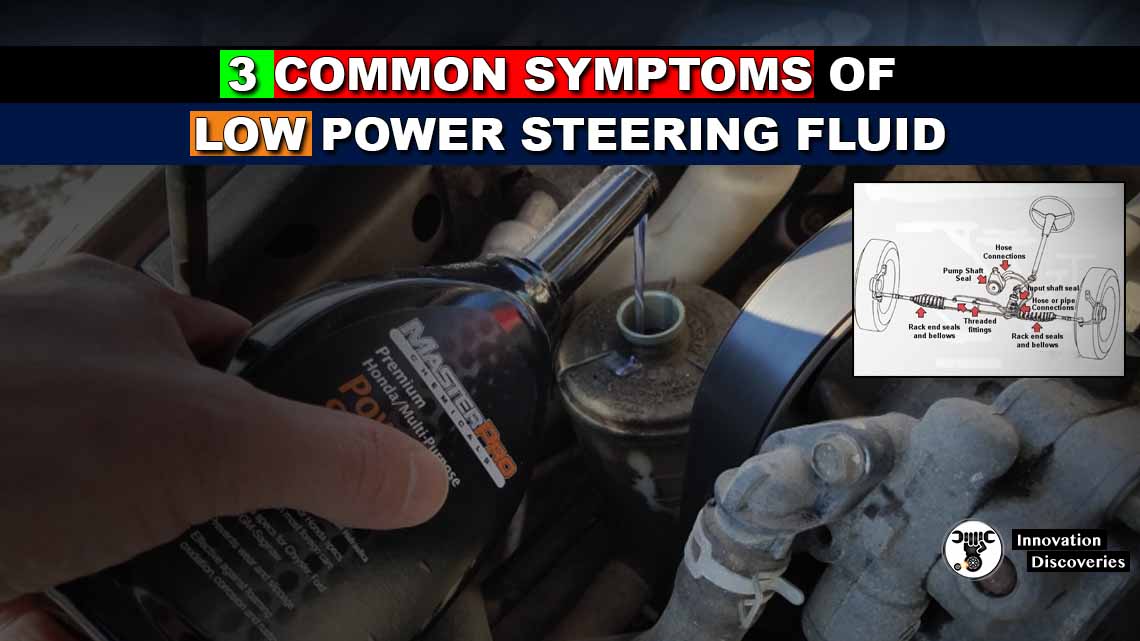
10 Comments